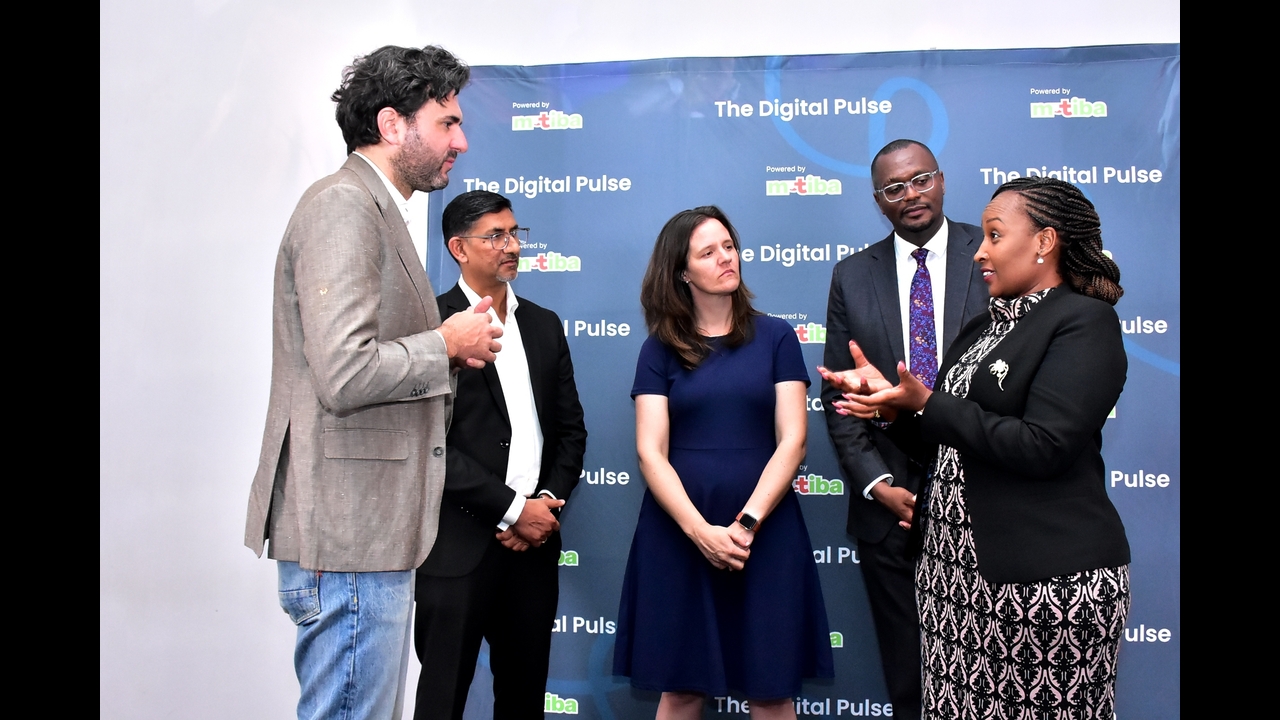Key Takeaways
- More insurers are using real-time data to inform decisions across pricing, product design, and provider management
- Connected infrastructure is becoming the foundation for scalable, cost-efficient insurance operations
- Live insights are helping insurers move faster, manage risk better, and respond to member needs in real time
- The next wave of growth will come from insurers who treat data as a strategic asset.
Most health insurers are digitizing and aim to turn these investments into a competitive advantage. Across Kenya and other emerging markets, insurers are investing heavily in digital transformation – automating claims, launching apps, streamlining payment flows to reduce costs. Yet the operational and strategic gains remain limited.
The real shift to happening around connected, real-time data. Only a handful of insurers are using connected, real-time data to drive decisions across pricing, product development, and provider management. Those who do are already pulling ahead on cost control, customer retention, and creating products and services to serve the next wave of customers.
As recent industry reports highlight, insurers are no longer treating IT modernization as a back-office efficiency play. They are embedding real-time technology as a strategic play —linking pricing, underwriting, claims, and customer engagement through connected platforms. The payoff is measurable: faster product launches, improved customer loyalty, and more effective cost structures.
At M-TIBA, for instance, this transformation is evident daily—insurance partners have processed claims five times faster and cut avoidable medical costs by 15%. But real-time data does more than drive efficiency. It’s now the backbone of personalizing member engagement, managing provider networks in real time, and giving pricing teams instant insights to respond to trends. This is how leading insurers are pulling ahead—and why connected data is now essential, not optional.
Other industries, like banking, already deliver real-time customer experiences. If a bank detects a suspicious transaction, they often call the customer immediately setting a high bar for responsiveness and transparency. Yet when the same person interacts with health insurance, they face slower response times and fragmented communication. This gap between what customers expect and what they experience erodes trust.
Traditionally, pricing relied on data that was often up to six months into the business cycle. That is simply no longer sustainable. Today, insurers have access to live patterns of member utilization, provider performance, and cost behaviour. Pricing and actuarial teams can now identify cost drivers early, test targeted incentives, and adjust coverage tiers in real time and this is fundamentally a different way to manage risk.
Connected data is central to growth, profitability, and long-term sustainability. Insurers that are leveraging this are reporting stronger NPS scores, stronger provider relationships, and lower admin costs.
As costs rise and consumer expectations accelerate, the ability to act in real time will be a baseline requirement. Insurers who make connected infrastructure core to how they build, price, and deliver their products will unlock deeper, more scalable value—across the entire value chain. Those who hesitate risk being left behind in a market that is moving faster—and expecting more—every day.
About the Author: Shadrack Kiratu is the Head of Pricing and Portfolio Management at M-TIBA.









